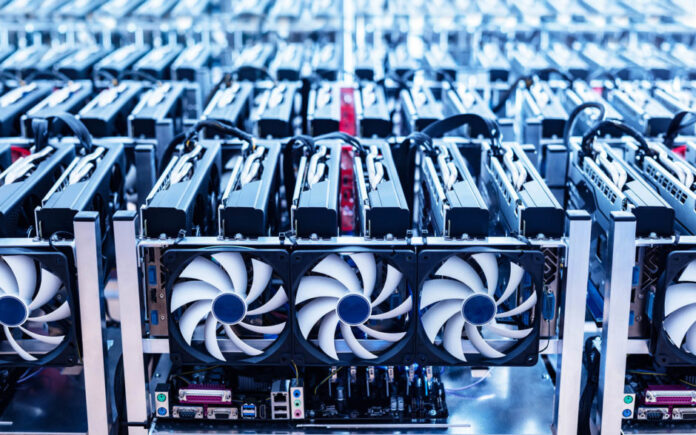It was back in 2009 when Satoshi Nakamoto launched Bitcoin. Fast forward to 2024, and this coin is the absolute god of cryptocurrencies. But, it’s far from perfect.
If there is one thing that Bitcoin naysayers have been vocal about in recent years, it’s the network’s environmental impact. It is undeniable that the BTC network is very power-hungry and requires massive computational power to operate. Still, we can’t just take someone at their word without looking at data.
On that note, let’s explore the world of Bitcoin mining and see just what kind of impact BTC has on the environment.
Is Mining Actually Bad For The Environment?
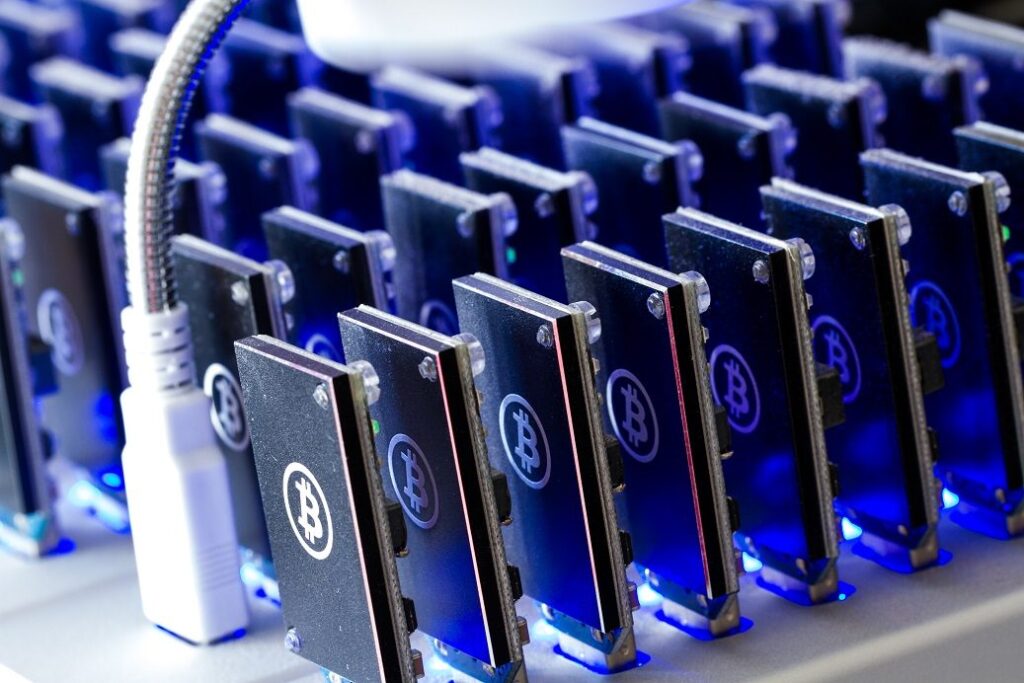
As you probably know, the entire Bitcoin network is supported by the worldwide network of specially designed machines powered by electricity. These machines are called mining rigs.
Mining rigs serve a single purpose – solving complex mathematical equations to approve a Bitcoin transaction on the blockchain. In return, you’d get a small fraction of a Bitcoin per single transaction. That process is called mining, hence the name – mining rig.
Seeing how there are thousands and thousands of mining rigs operating day and night all over the world, the question we have to ask is not is mining actually bad for the environment, but rather how bad is it?
Is it catastrophic or is it manageable, or is it something in between?
Well, to answer that question, we have to take a deeper dive into understanding every impact and effect mining has on the environment and try and put that into perspective so that we know exactly what we’re dealing with.
Why Is Mining So Popular?
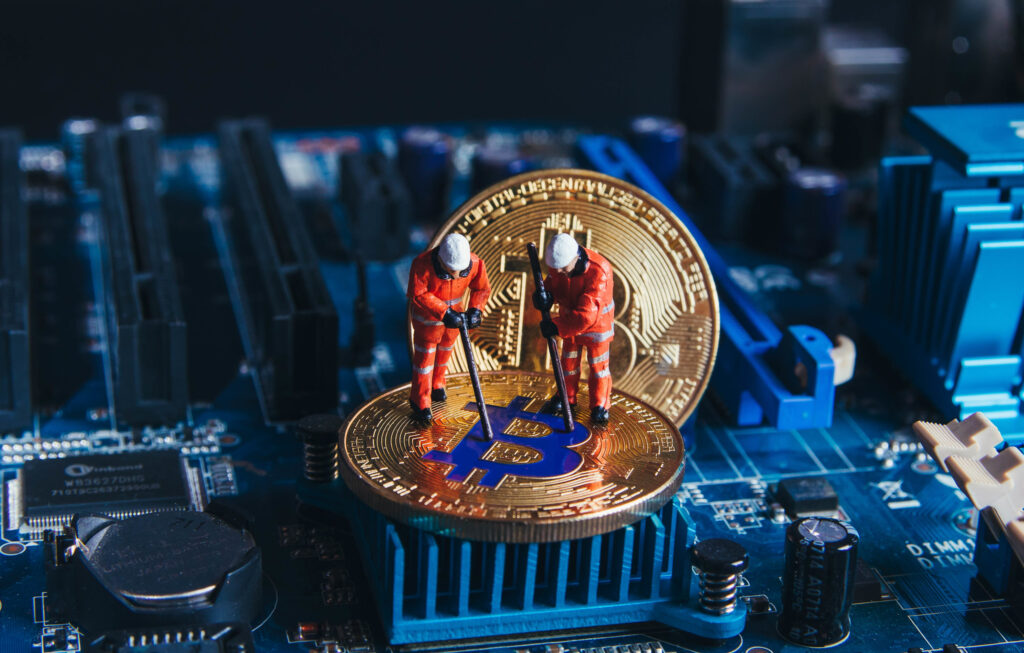
The reason why mining is so popular is that you’re rewarded with a fraction of a Bitcoin for every successfully approved transaction on the blockchain. Additionally, unlike some other cryptocurrencies, Bitcoin is limited in its supply, and there are only 21,000,000 of them, with the last one set to be mined in the year 2100.
Coin scarcity is one of the things that make BTC very valuable. As of this moment, a single coin is valued at over $40,000. To be fair, the value of BTC varies quite a lot, and only a few months ago, on November 10th 2024, a single coin was worth over $68,000.
Now, the value of Bitcoin isn’t influenced by the mining community, but it sure does make mining appealing. Some people also trade Bitcoin, as that can be lucrative, too, and you can learn more about it if you visit this site, but for now, let’s focus on mining.
With the value of a single coin being as high as it is, miners often invest thousands upon thousands of dollars into their mining rigs, resulting in a steady and quite hefty revenue stream.
Energy Consumption
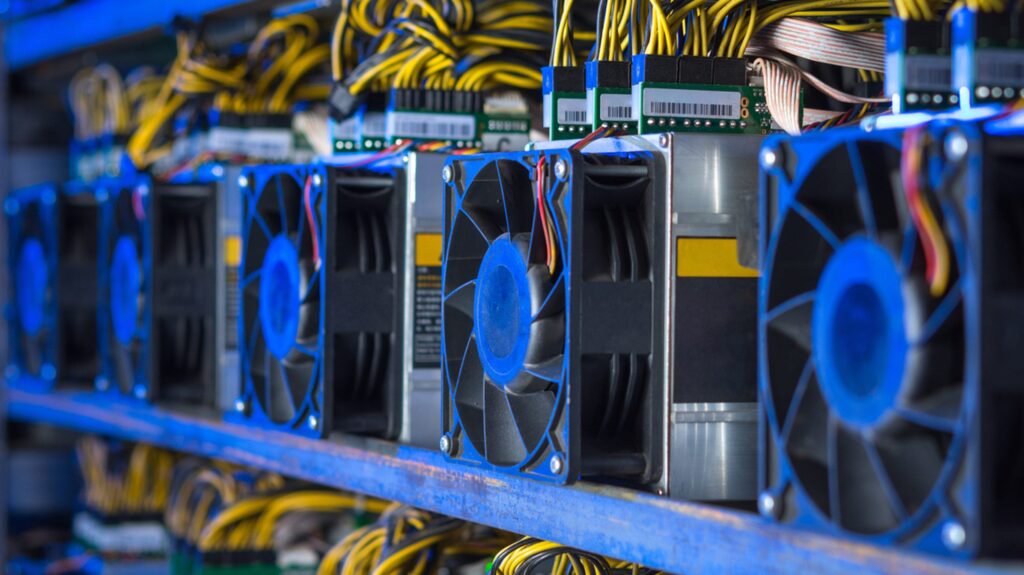
We’ve already said that mining requires electricity, so let’s talk about numbers. Believe it or not, the Bitcoin network consumes more energy annually than some countries do. For instance, if we take a look at the power consumption average from March 2024, the BTC network was on pace to use well over 130TWh year. That would put it on par with Sweden, which consumes about 133TWh per year.
However, that’s not the case anymore. The annual energy consumption of the Bitcoin network has almost halved after China banned mining in mid-2021. Today, the entire Bitcoin network consumes around 70TWh per year, which amounts to about 0.3% of the world’s total electricity production.
But, energy consumption isn’t the whole story. Let’s look at it from another angle – carbon footprint.
Carbon Footprint
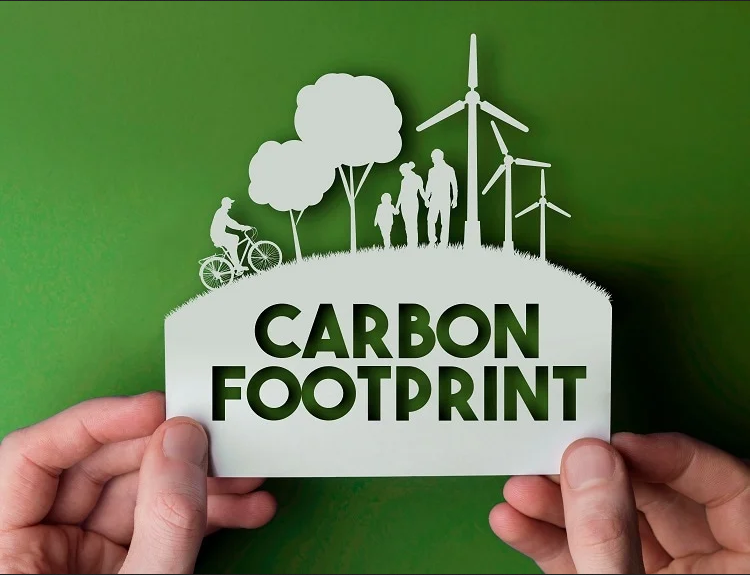
A single transaction on the blockchain spends enough energy to create more than half a ton of CO2. That’s a massive carbon footprint. To put that into perspective, an average person’s annual carbon footprint is about 7 tonnes. That number’s significantly higher in America, closing in on 16 tonnes, but you get the point. Fourteen transactions would be enough to create a carbon footprint equal to an average person’s one-year footprint. Do you want to know how much it takes for the BTC network to reach 7 tonnes of carbon footprint? Two seconds!
Here’s another good example to help you grasp just how much energy a single transaction consumes. The electrical energy consumed by a single transaction would be more than enough to power an average home for almost three months. In carbon footprint terms – a single transaction pollutes the planet as much as a 500-mile drive in an SUV like a Land Rover or a Jeep.
However, this is still not the whole story. There’s more.
E-Waste

How long do you think mining rigs last – 5, 10, 15 years? Actually, it’s none of the above. Mining rigs’ lifespan is a lot shorter than that.
Hardware used to mine Bitcoin becomes pretty much useless in about a year and a half. It is not that these machines die in that time period. It’s just that they become obsolete, and they get replaced with newer, more efficient models.
The thing is, thee builds are meant for mining only. They’re not your regular computers where you’d buy ten GPUs and mine Ethereum and then sell those same GPUs to gamers once you get the new ones. No.
Bitcoin requires ASIC machines, and those machines are only made for mining – nothing else. So, do you want to take a wild guess what happens with these machines once they’ve done their part? Exactly – they become e-waste. Electronic garbage. Do you want to know how much of this electronic garbage Bitcoin mining produces every single year? 11 kilotonnes. That’s 11 million kilograms – just to put that into perspective.
Final Verdict – How Bad Is Bitcoin Mining For The Environment?
Well, it’s bad.
However, it’s not alarmingly bad. Why? Because things are starting to look up.
As we have mentioned, the energy consumption has halved in the previous year, which is a great thing all on its own. But another thing that we haven’t mentioned is the fact that more and more mining facilities are turning to renewable energy sources to mine Bitcoin.
After China’s mining ban, most of the out-of-date mining rigs have become decommissioned, and most miners have flocked to the USA, where they’ve gotten new, more efficient gear and have started to rely on renewable energy sources, like solar or wind energy.
That alone means lower carbon footprint, and alongside lower overall power consumption, Bitcoin mining is not as bad for the environment as it once was.
Sure, we’ll still have to figure out what we’re going to do about all the e-waste, but seeing how we haven’t really figured out what to do with regular waste, that’s hardly the problem we can pin on solely on Bitcoin.

